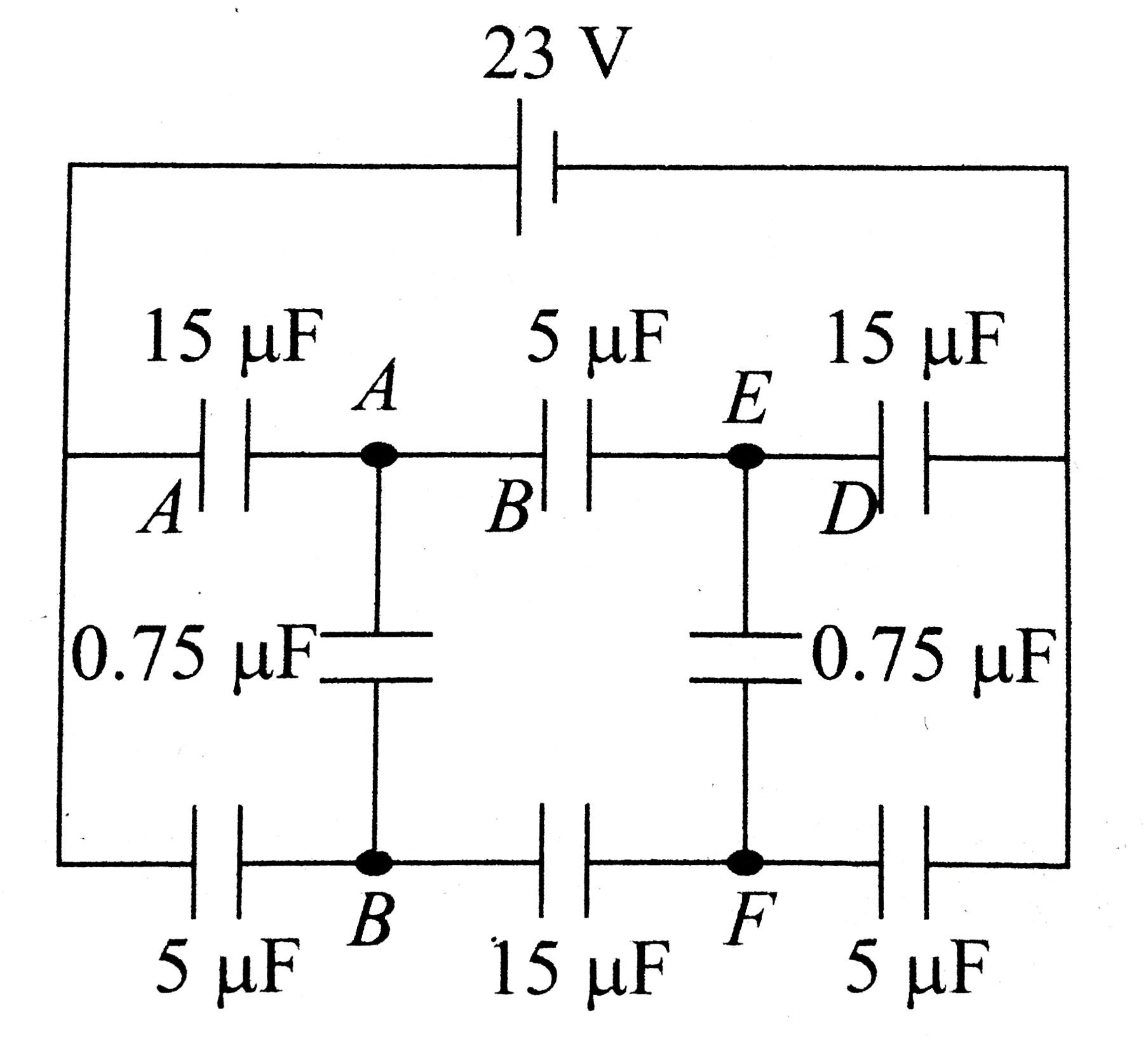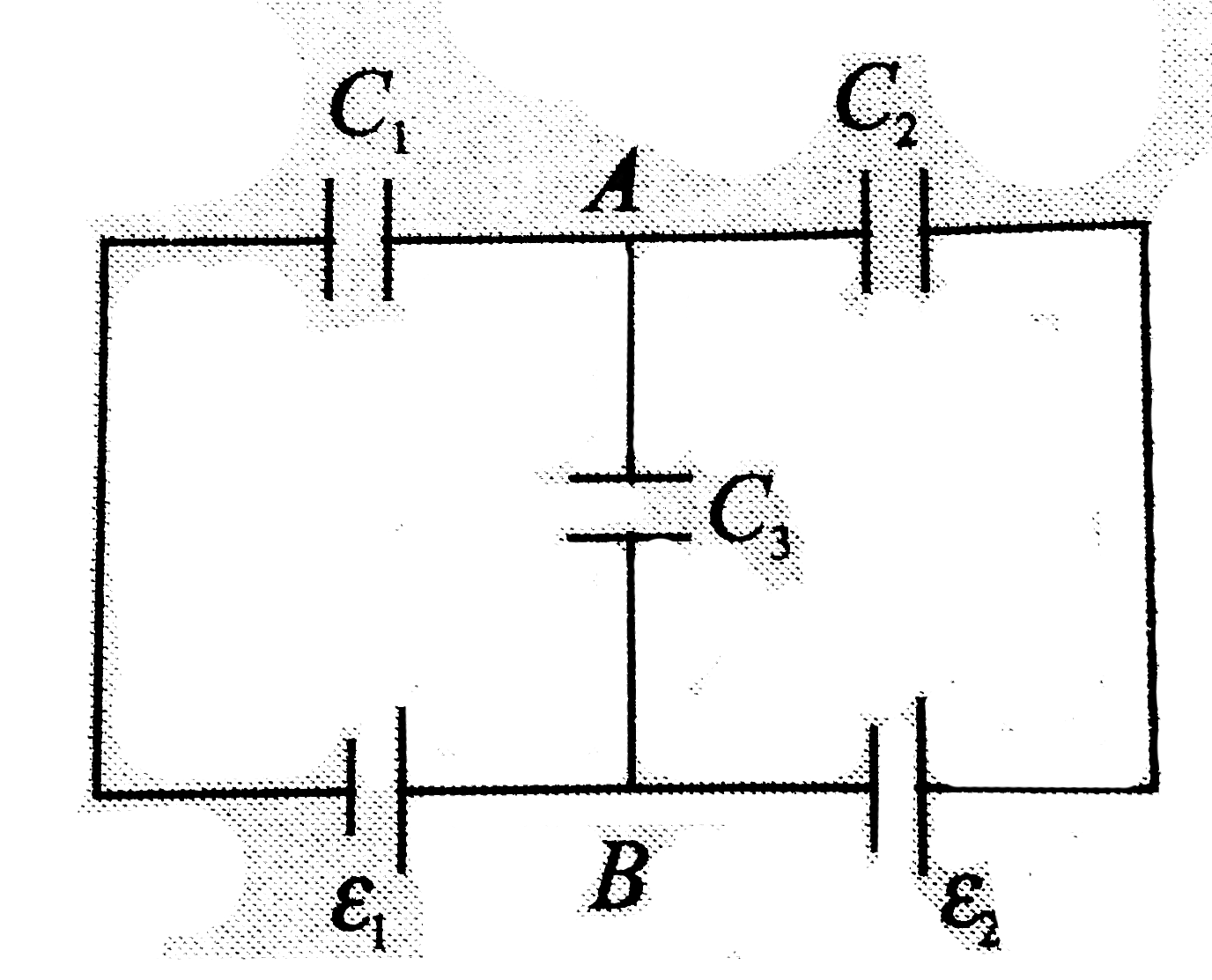The potential differnce between the fixed particles layer and the diffused layer having opposite charge id called :
Zeta potential
Colloidal potential
Dorn potential
Streaming potential
To solve the question, we need to understand the concept of the potential difference between the fixed particle layer and the diffused layer in the context of charged particles in a colloidal system.
1. Understanding the Charged Particle System:
- When a charged particle (for example, a negatively charged solute particle) is present in a solution, it attracts oppositely charged ions from the surrounding medium.
2. Formation of the Stern Layer:
- The first layer that forms around the charged particle is called the Stern layer. This layer consists of ions that are strongly attracted to the charged particle and are relatively fixed in position.
3. Formation of the Diffused Layer:
- Beyond the Stern layer, there is a region where the ions are less tightly bound and can move more freely. This region is called the diffused layer. It contains both positive and negative charges due to the influence of the charged particle and the Stern layer.
4. Defining the Potential Difference:
- The potential difference between the fixed layer (Stern layer) and the diffused layer is what we are interested in.
- If we denote the potential at the Stern layer as V1 and the potential at the diffused layer as V2, the potential difference can be expressed as V2−V1.
5. Identifying the Term for the Potential Difference:
- This potential difference V2−V1 is known as the zeta potential. The zeta potential is a key parameter in colloidal chemistry as it indicates the stability of colloidal dispersions.
6. Conclusion:
- Therefore, the potential difference between the fixed particles layer (Stern layer) and the diffused layer is called the zeta potential.
Final Answer:
The potential difference between the fixed particles layer and the diffused layer having opposite charge is called the zeta potential.
- When a charged particle (for example, a negatively charged solute particle) is present in a solution, it attracts oppositely charged ions from the surrounding medium.
- The first layer that forms around the charged particle is called the Stern layer. This layer consists of ions that are strongly attracted to the charged particle and are relatively fixed in position.
- Beyond the Stern layer, there is a region where the ions are less tightly bound and can move more freely. This region is called the diffused layer. It contains both positive and negative charges due to the influence of the charged particle and the Stern layer.
- The potential difference between the fixed layer (Stern layer) and the diffused layer is what we are interested in.
- If we denote the potential at the Stern layer as V1 and the potential at the diffused layer as V2, the potential difference can be expressed as V2−V1.
- This potential difference V2−V1 is known as the zeta potential. The zeta potential is a key parameter in colloidal chemistry as it indicates the stability of colloidal dispersions.
- Therefore, the potential difference between the fixed particles layer (Stern layer) and the diffused layer is called the zeta potential.
The potential difference between the fixed particles layer and the diffused layer having opposite charge is called the zeta potential.
Topper's Solved these Questions
- SURFACE CHEMISTRYBOOK - VMC MODULES ENGLISHCHAPTER - SURFACE CHEMISTRYEXERCISE - JEE Main (Archive)
14 Videos
- SURFACE CHEMISTRYBOOK - VMC MODULES ENGLISHCHAPTER - SURFACE CHEMISTRYEXERCISE - JEE MAIN ARCHIVE
25 Videos
- SURFACE CHEMISTRYBOOK - VMC MODULES ENGLISHCHAPTER - SURFACE CHEMISTRYEXERCISE - LEVEL-1
74 Videos
- STRUCTURE OF ATOMBOOK - VMC MODULES ENGLISHCHAPTER - STRUCTURE OF ATOMEXERCISE - IN-CHAPTER EXERCISE-F
7 Videos
- THE SOLID STATEBOOK - VMC MODULES ENGLISHCHAPTER - THE SOLID STATEEXERCISE - EXERCISE-J
10 Videos
Similar Questions
Knowledge Check
The combination of two layers of opposite charges aroung the colloidal particle is called Helmholtz electrical double layer. The potential difference between the fixed layer and the diffused layer of opposite charge is called
Aelectrode potentialBzeta potentialCadsorption potentialDdiffused potential
Innermost layer of the cortex is called
View SolutionThe potential barrier, in the depletion layer, is due to
View SolutionFind the potential differnce between the points A and B and that between E and F of the circuit in.
 .
.
View SolutionThe inner layer of the seed coat is called
View SolutionFind the potential differnce VA−VB between points A and B of the circuit shown in.
 .
.
View SolutionHow many layers form the diffusion membrane ?
View SolutionFour parallel large plates separated by equal distance d are arranged as shown in. The area of the plates is S Find the potential differnce between plats BandC if plate B is given a charge Q.
 .
.
View Solution
